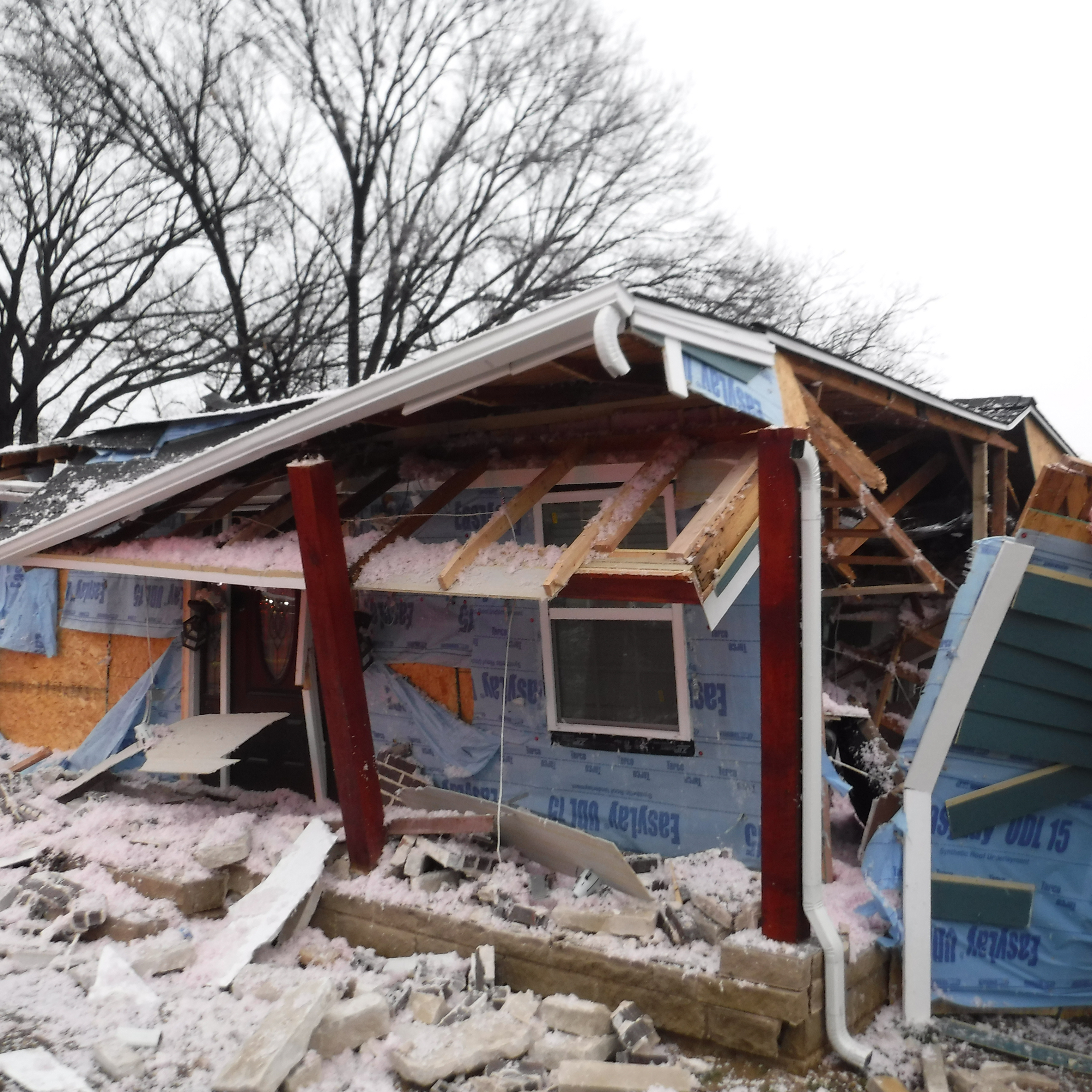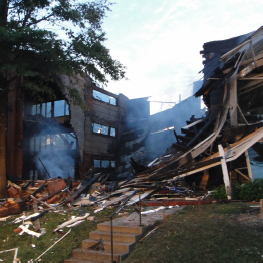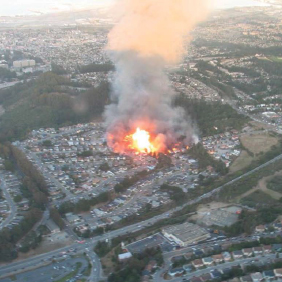All pipelines leak. Leak-detection and mitigation tools are essential and can make the difference between a minor incident and a deadly explosion. Pipeline systems equipped with leak-detection systems and automatic shutoff valves, or remote-control valves, can warn operators of an imminent accident and allow for quick mitigation.
The NTSB first identified the need for leak-detection and mitigation methods in natural gas transmission and distribution pipelines nearly 50 years ago, but the Pipeline and Hazardous Materials Safety Administration (PHMSA) has yet to require operators to use these life-saving measures, and many operators won’t act without regulation.
Placing service regulators outside buildings is another mitigation tool. Yet many older homes and multifamily structures still have regulators inside, which can trap accumulating gas and lead to an explosion. Methane detection also helps mitigate consequences by alerting the public to natural gas leaks, thereby minimizing public exposure.
Every day we wait to enhance our mitigation systems is a day we put the public in danger.
Lessons Learned: NTSB Investigations
The following accidents best exemplify why this safety improvement is needed.
 Atmos Energy Corporation Natural Gas-Fueled Explosion
Atmos Energy Corporation Natural Gas-Fueled Explosion
Dallas, TX | February 2018
 Building Explosion and Fire
Building Explosion and Fire
Silver Spring, MD | August 2016
 Pacific Gas and Electric Company Natural Gas Pipeline Rupture and Fire
Pacific Gas and Electric Company Natural Gas Pipeline Rupture and Fire
San Bruno, CA | September 2010
Stats to Know
167
Estimated accidents occurring in the last 5 years on gas distribution and transmission systems (Source: PHMSA)
1.05 Million
Estimated hazardous leaks repaired in the last 5 years on gas distribution systems (Source: PHMSA)
827
Leaks in high-consequence areas in the last 5 years on gas transmission systems (Source: PHMSA)
Our Solutions . . . Take Action Now!
The threat to public safety merits a comprehensive “fast-track” regulatory approach by PHMSA, and industry should implement leak-detection and mitigation measures in advance of regulation to help shape regulatory action.
Regulators should:
- Require all operators of natural gas transmission and distribution pipelines to equip their supervisory control and data acquisition systems with tools to assist in recognizing and pinpointing the location of leaks.
- Require the installation of automatic shutoff valves or remote-control valves in high-consequence areas and in class 3 and 4 locations.
- Require all new service regulators be installed outside occupied structures and existing interior service regulators be relocated whenever the gas service line, meter, or regulator is replaced. Multifamily structures should be prioritized over single-family dwellings.
- Require methane-detection systems in residential occupancies with gas service.
Industry groups should:
- Revise the National Fuel Gas Code, National Fire Protection Association 54 to require methane-detection systems for all types of residential occupancies with gas service.
- Develop additional guidance that identifies steps gas distribution operators can take to safely respond to leaks, fires, explosions, and emergency calls.
Operators should:
- Review and update as needed:
- incident-reporting practices;
- policies and procedures for responding to leaks, fires, explosions, and emergency calls; and
- integrity management programs.
- Equip supervisory control and data-acquisition systems with tools to assist in leak detection.
- Install remote-closure and automatic-shutoff valves in high-consequence areas and class 3 and 4 locations.
See our specific detailed
recommendations.
Updated December 23, 2022
